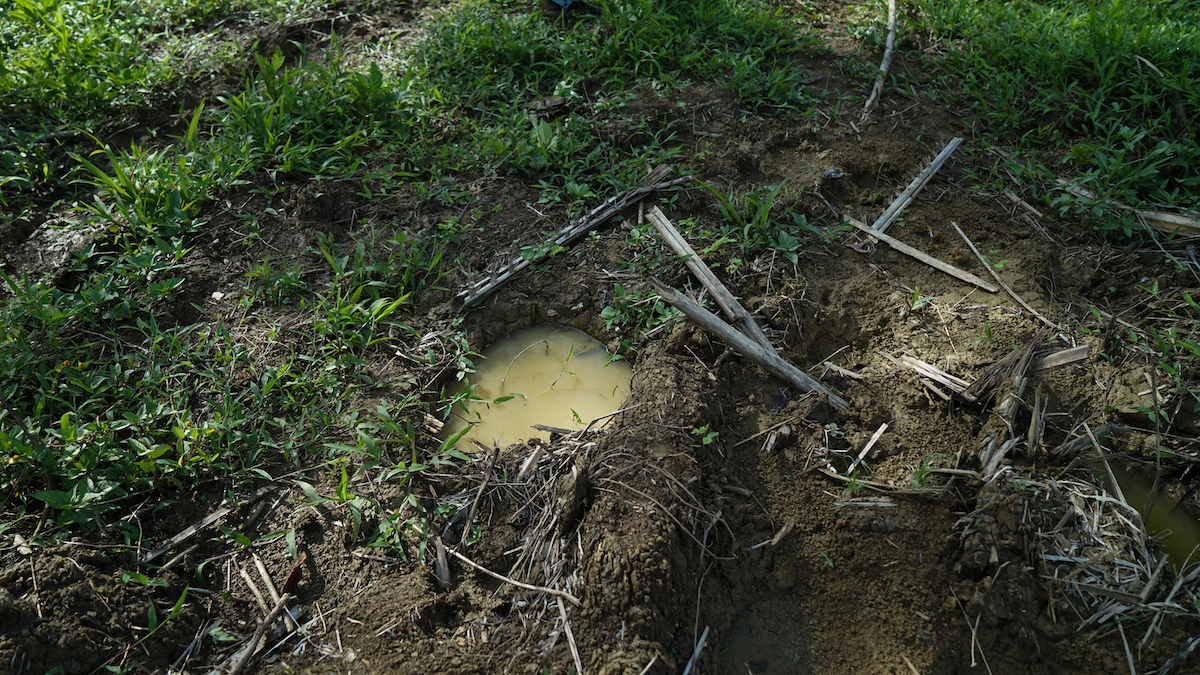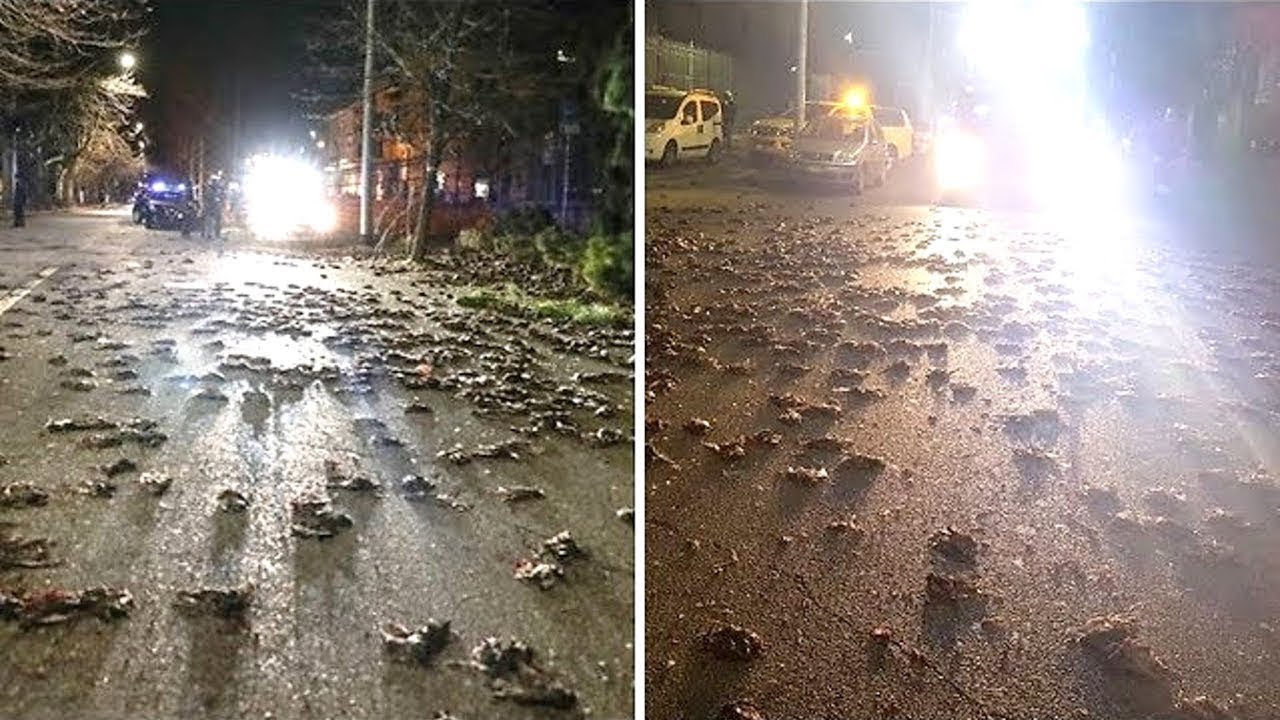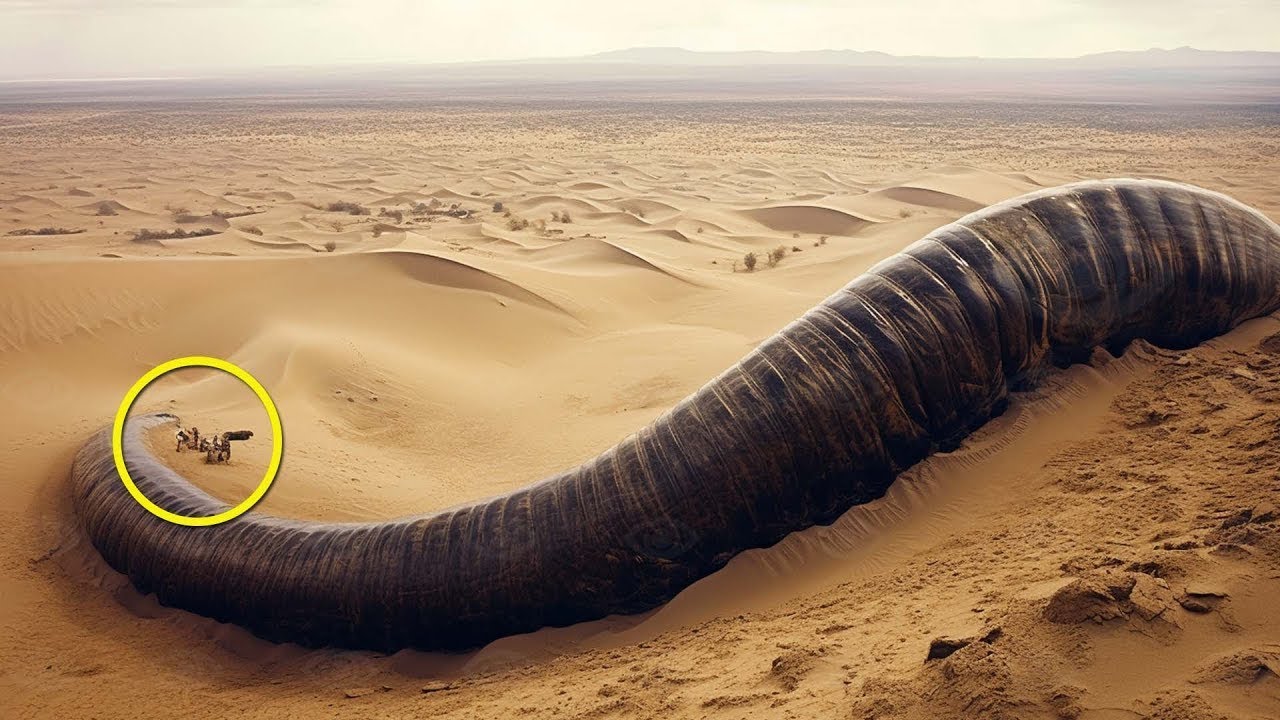- Efforts to save the Sumatran elephant have been hamstrung by the Indonesian government’s delay in releasing an updated conservation plan, which includes the latest population estimates.
- The last estimate, from 2007, put the population at 2,400-2,800 elephants, but that was based on data from the early 2000s.
- Mongabay has obtained a copy of the updated plan, meant to be released in 2019, which gives a population estimate of 924-1,359 — a precipitous decline of 52-62% from the 2007 figure.
- Conservationists, including one who worked on the plan, have called for its publication to inform conservation measures, and note that similar plans for other iconic threatened species — including Sumatran tigers and orangutans — have also been delayed.
COT GIREK, Indonesia — Junaidi, the leader of an elephant patrol team in this Sumatran village, has a daunting task. The large animals, with their forest habitat destroyed, often enter the village in search of food, putting homes and crops at risk. When Mongabay met the 41-year-old farmer in June, he was still bleary-eyed after being jolted awake at 2 a.m. by the bang of a PVC air cannon, a signal that elephants had been spotted nearby. Forced from bed, he rushed several kilometers along muddy roads to check the situation.
No one was quite sure how many elephants had invaded Cot Girek that week. Junaidi placed the number at 32. His neighbor, Ummu Salamah, a food vendor, had heard there were 70. But Zaikyatuddin Syah, who heads a government conservation team stationed in the village, said the true number was far smaller — “only eight,” he told Mongabay.
The residents of Cot Girek village aren’t the only ones in the dark about elephant numbers. Not since 2007 has the central government released a figure for the number of Sumatran elephants (Elephas maximus sumatranus) thought to remain in the wild. Even that number, 2,400-2,800 individuals, was based on surveys conducted in the early 2000s, some two decades ago. Those obsolete statistics leave conservationists uncertain of what strategies they should currently apply.
Updated government population statistics were supposed to be released in 2019 as part of an official 10-year-plan for Sumatran elephant conservation, the successor to an initial 10-year plan in which the previous figure was included.
But while the draft 2019 plan was completed by the Indonesian Elephant Conservation Forum (FKGI) — a multi-stakeholder group composed of conservationists from NGOs and government agencies — and submitted to the Ministry of Environment and Forestry in 2017, the ministry has yet to release the document, while offering no reason for the delay.
Mongabay has obtained a copy of the unreleased 2019-2029 elephant conservation plan. It reports that the population of wild Sumatran elephants now stands at an estimated 924-1,359 individuals — a drop of 52-62% over the 2007 figure.
“It’s the best available knowledge so far,” said a scientist who helped compose the draft, and who spoke on condition of anonymity because they didn’t want to jeopardize their relationship with the ministry.
 The fresh footstep of an elephant is seen in Cot Girek in June. The village is a hotspot of human-elephant conflict. Image by Fieni Aprilia for Mongabay.
The fresh footstep of an elephant is seen in Cot Girek in June. The village is a hotspot of human-elephant conflict. Image by Fieni Aprilia for Mongabay.
According to the 2007-2017 conservation plan, which is available online, the 2007 number was always intended as a “temporary estimate.” Surveys conducted in Bukit Barisan and Way Kambas national parks in 2000 and 2005, respectively, are cited in the document as the only quality data available at the time. Still, the resulting estimate marked a 35% decline over similar reports from the mid-1990s, “a very large decrease in a relatively short period of time,” the authors wrote. The document ultimately recommended that a new round of surveys be conducted to get a clearer picture of the dwindling population of Sumatran elephants, which were declared a critically endangered species in 2011.
According to Wishnu Sukmantoro, deputy head of the FKGI, the 924-1,359 population figure is based on three types of surveys carried out with funding from international NGOs and the Indonesian government. The first and simplest is the direct counting of human-wildlife conflict incidents, such as those in Cot Girek. The second involves an estimation of population based on elephant droppings counted. The third estimation technique is the most accurate and expensive, and is conducted using DNA analysis. It was done in Riau province and in Bukit Barisan Selatan and Way Kambas national parks, which span Lampung, Bengkulu and South Sumatra provinces.
Based on these varied approaches, scientists concluded that only 924-1,359 Sumatran elephants remain in 22 patches across the island of Sumatra. Nearly half live in Aceh province, where Cot Girek is located. A quarter are in the two national parks, while the rest struggle to survive within large blocks of land controlled by oil palm and pulpwood plantation companies on Sumatra’s eastern coast. The unreleased document explains the decline: “Habitat loss is the main problem … so the mortality rate of the Sumatran elephant surpasses its 𝐛𝐢𝐫𝐭𝐡 rate.”

Known by its Indonesian acronym SRAK, the document is meant to serve as a universal guideline for creating a well-planned conservation strategy across Indonesia. Each threatened species requires its own SRAK document, which contains the latest population figures, distribution, threats, and conservation recommendations formulated by experts in the field. The SRAK “acts like a dashboard in your vehicle. You can imagine if you don’t have it — you’ll get lost,” the conservationist who spoke anonymously told Mongabay.
Now, three years past its scheduled release, the elephant SRAK has yet to be approved by the environment minister, Siti Nurbaya Bakar. The SRAK documents for Sumatran tigers (Panthera tigris sumatrae) and orangutans (Pongo spp.) have also been held up by similar delays. An updated Sumatran tiger SRAK document was submitted in 2016, but has not been released even though “it has more scientific analysis than the previous one,” said Hariyo Wibisono, a conservationist who works on Sumatran tigers. As for orangutans, of which Indonesia is home to three species, the SRAK document was released in August 2019, then retracted in the following months by the environment ministry. Other threatened species haven’t been hit by delays to the release of their SRAK documents; the one for the critically endangered helmeted hornbill (Rhinoplax vigil), for instance, was released on schedule (2018-2028).
There’s no clear regulation regarding the legally binding status of SRAK documents or their timely regular publication. The only law governing Indonesia’s conservation issues is one signed by then-president Suharto in 1990, and it doesn’t mention the SRAK or its approval mechanism.
Conservationists say they hope a new conservation bill, in deliberation before parliament since 2017, could bring needed clarifications. “I suggested to the [parliamentary] commission [overseeing the deliberation] that it directly mention SRAK document[s] in the bill,” said Wahdi Azmi, an elephant conservationist who heads CRU Aceh, an NGO based in Aceh. If the SRAK were included in the new law, Azmi said, the documents would have a stronger legal basis.
The environment ministry did not respond to interview requests and right-to-reply inquiries regarding the delay of SRAK signings, sent to Indra Exploitasia, the acting director-general of natural resource conservation; Wiratno, former the director-general; and to public relations officials.
 A Sumatran elephant. Image by Fieni Aprilia for Mongabay.
A Sumatran elephant. Image by Fieni Aprilia for Mongabay.
Wishnu, the FKGI deputy head, said it was possible the ministry was being careful in reviewing the elephant SRAK, especially the legal aspect. “Perhaps there is something that needs to be fixed,” he said. But the conservationist who spoke anonymously said they were at a loss as to why the ministry had yet to release the SRAK reports. “I have helped compose [SRAK] documents for several species since 2016, none of them have been approved,” they said. They called on the government to release the withheld SRAK documents as soon as possible. “It comes from such a very long process, from all conservation efforts done in every region,” they said.
Some elephant conservationists say they are going ahead with their work despite the absence of a new SRAK document. Knowing the estimated population decline cited in the unreleased elephant SRAK is sufficient to formulate pro-conservation policies, according to Azmi. What really matters, he said, is to determine how best to “conserve the species, which is already critically endangered.” In Aceh alone, there are four to five instances of human-elephant conflict almost every day, he said, creating victims among elephants and people alike. Elephants continue being snared, hunted and poisoned, while farmers suffer economic, and sometimes physical, losses. “Our ship is sinking,” Azmi said, emphasizing the problem’s urgency.
If the “sinking ship” is to be salvaged, all conservationists agree that the government needs to move forward in providing the animals with sufficient space and habitat to live safely. The work of conservationists alone isn’t enough to achieve this goal, they say. All stakeholders — including private companies and local governments — must act together based on their mutual understanding of the data. Without an approved SRAK held by each stakeholder, “there will be clashes on the ground,” said Wibisono, the tiger conservationist.
 A farmer in Cot Girek stands in front of his brother’s house, which was recently torn apart by a wild elephant and its calf. Image by Fieni Aprilia for Mongabay.
A farmer in Cot Girek stands in front of his brother’s house, which was recently torn apart by a wild elephant and its calf. Image by Fieni Aprilia for Mongabay.
Meanwhile, back in Cot Girek, the clashes between people and elephants continue. Forests in the vicinity were cleared based on permits issued by the government of North Aceh district, where the village is located. This forced the elephants to forage for food in villagers’ fields, leaving the people unable to relax their vigilance. “Elephants will come more often to the village,” said Zaikyatuddin, the local conservation official, “because their habitat is shrinking.”
This is the first installment of a three-part series about Sumatran elephants. Read the second the third installments.
Correction: A previous version of this article mistakenly identified Wiratno as the environment ministry’s director-general of conservation, and Indra Exploitasia as the director of biodiversity conservation. In fact, he retired in April, and was replaced by Indra. Both Wiratno and Indra were contacted for this article.
Banner: Captive elephants in Tangkahan, North Sumatra. Image by Fieni Aprilia for Mongabay.
This story was produced with support from the Rainforest Journalism Fund in partnership with the Pulitzer Center.





